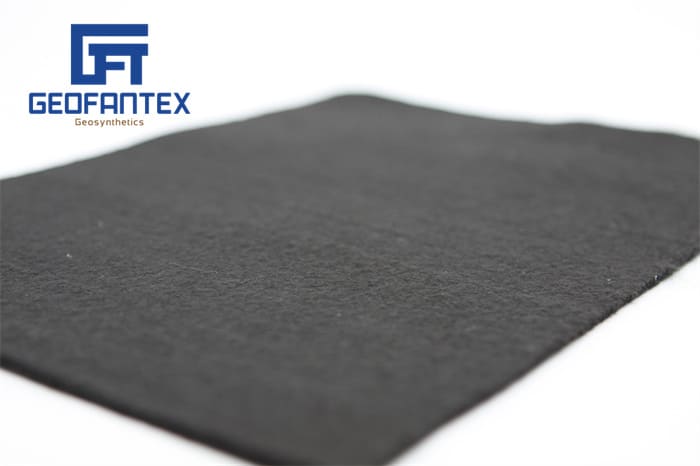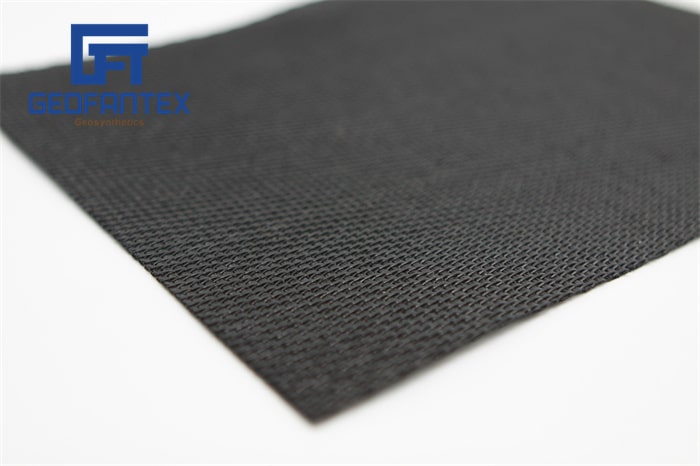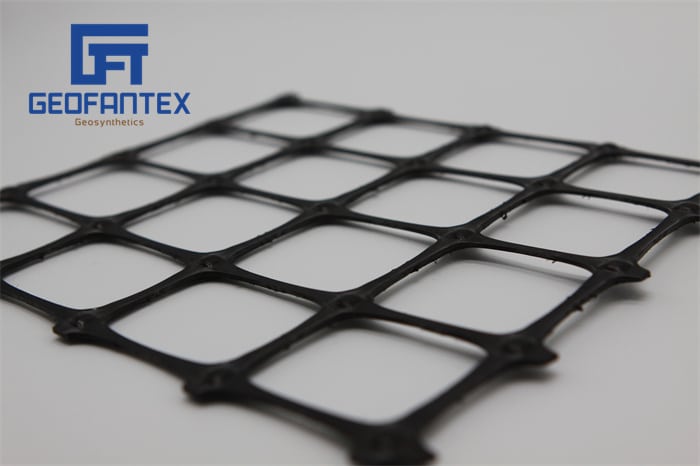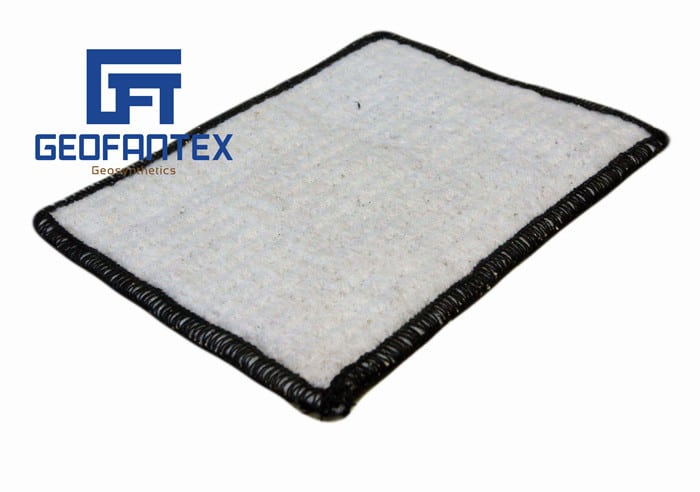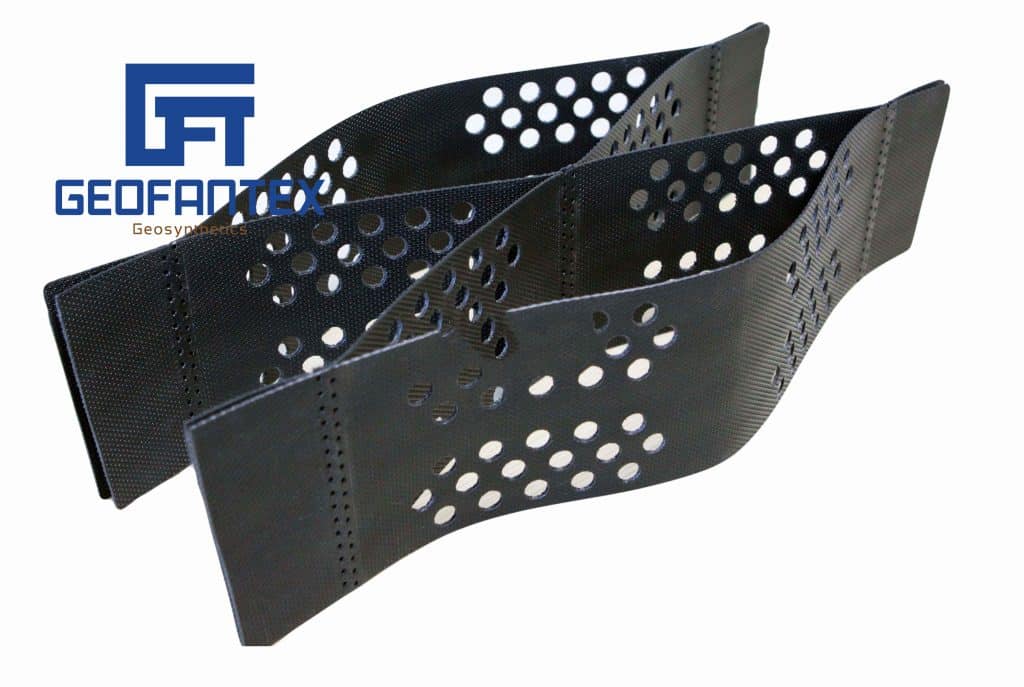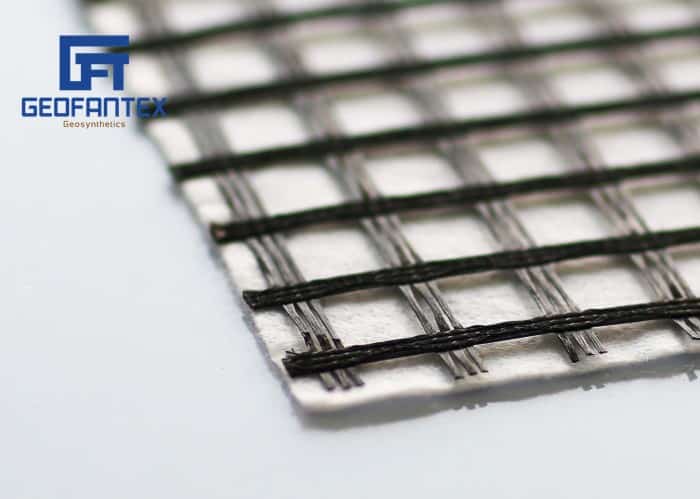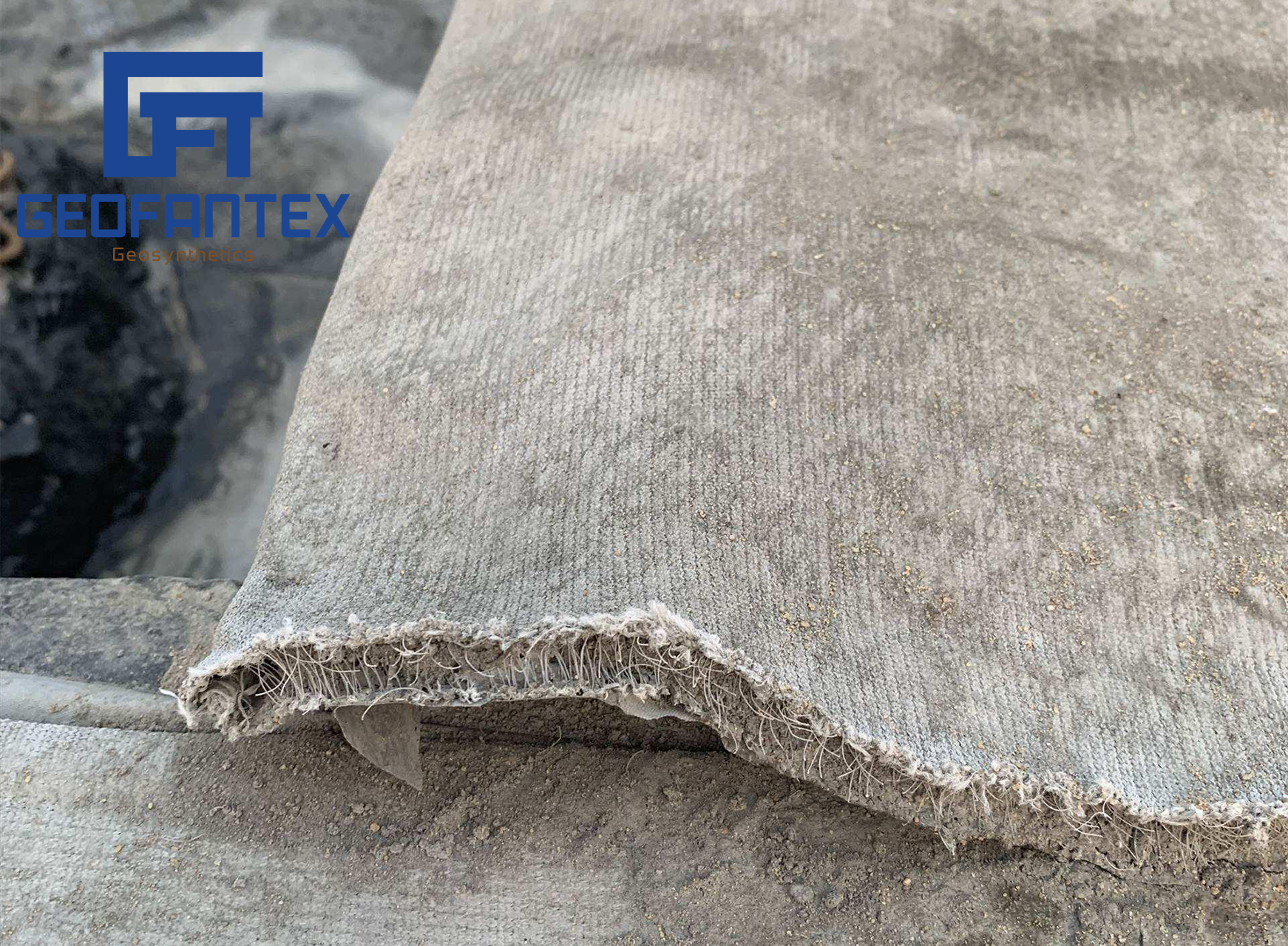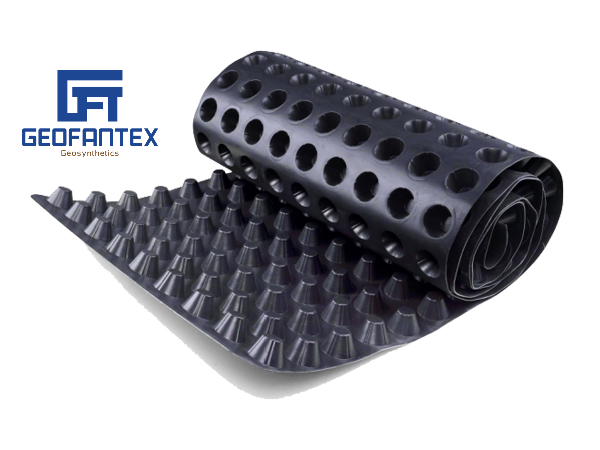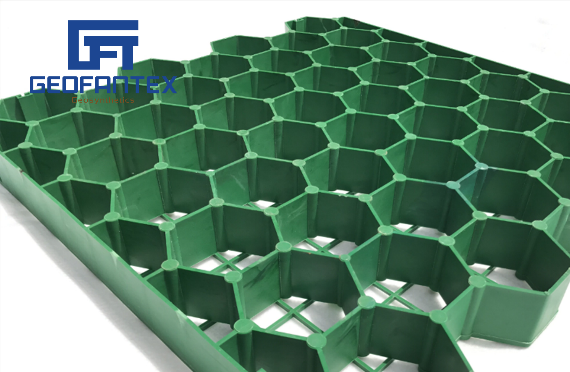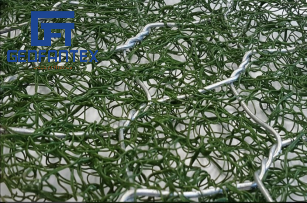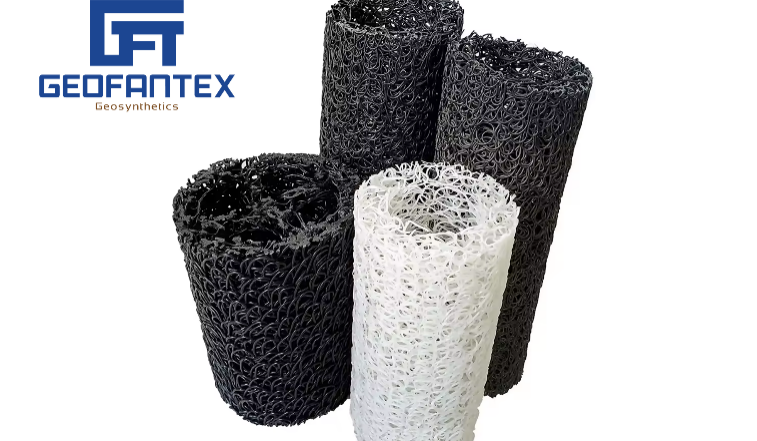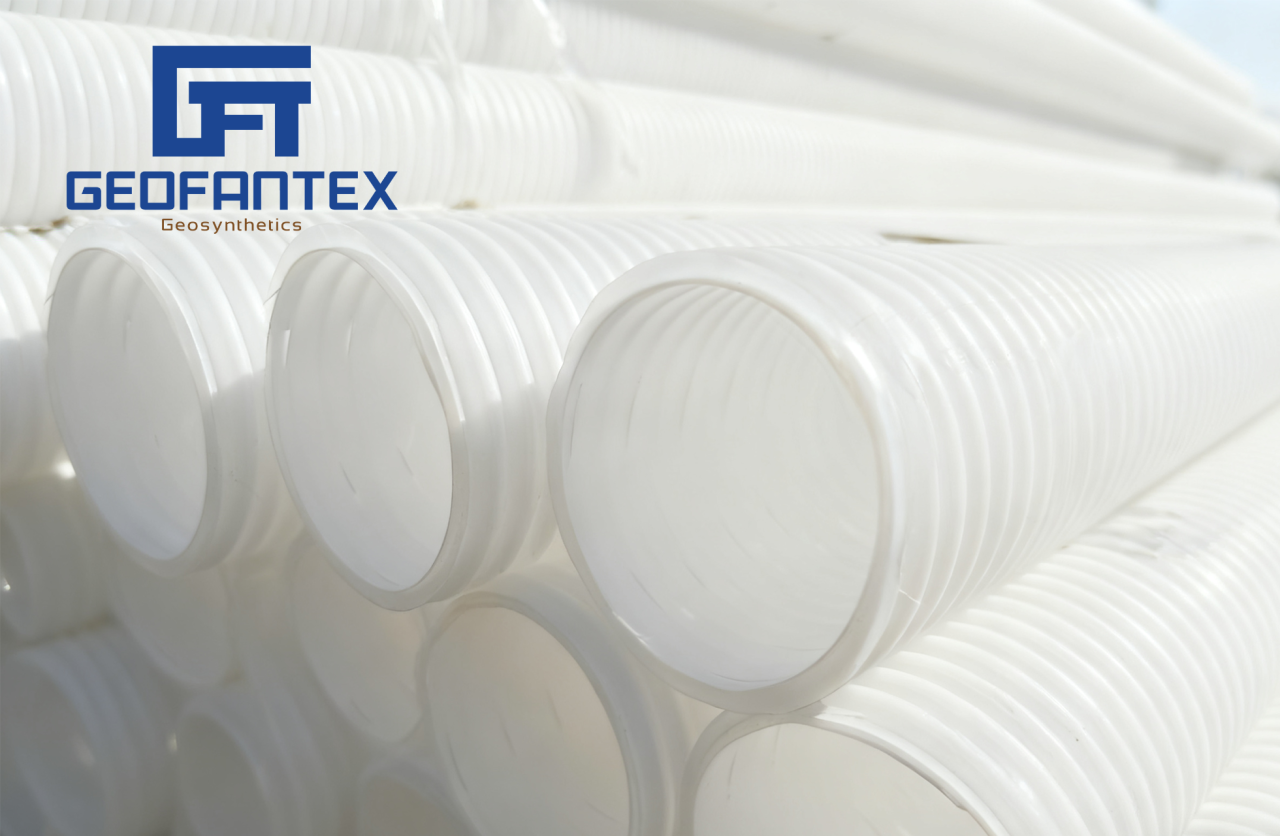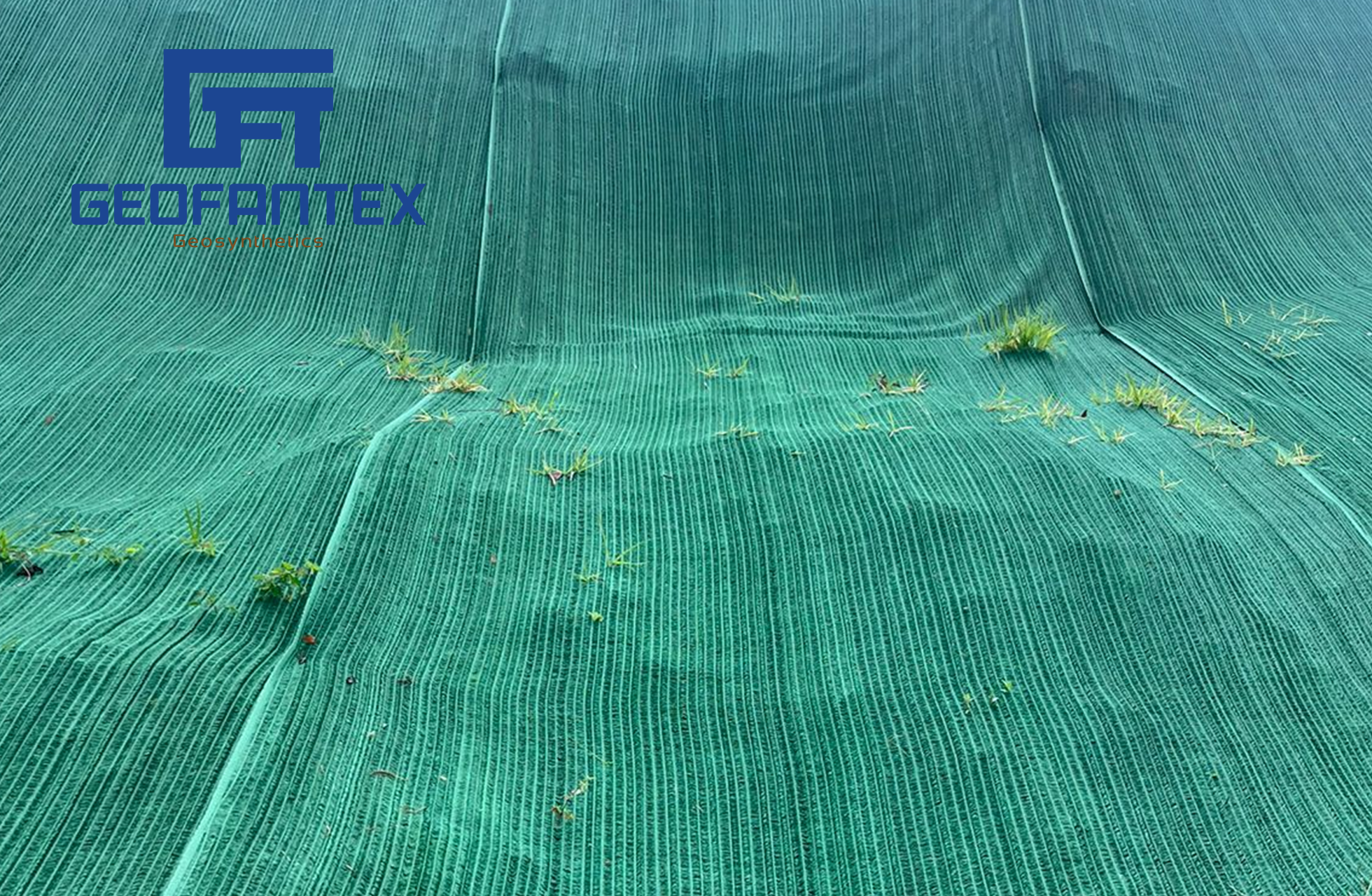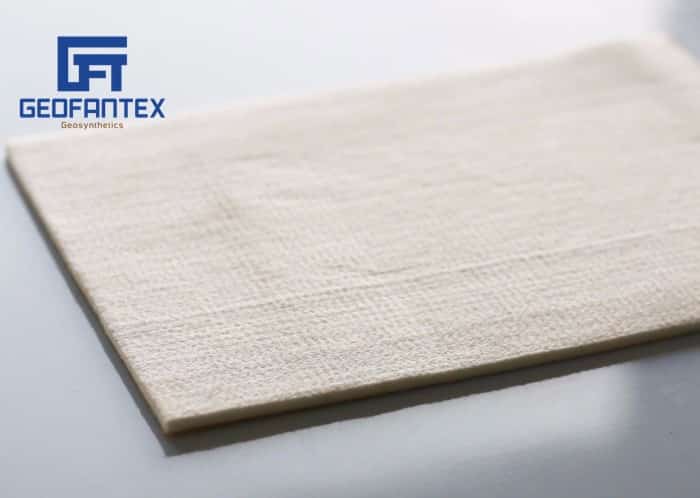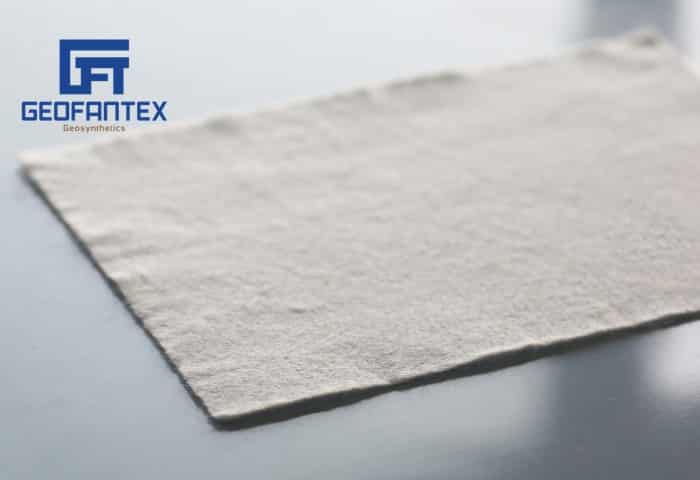+86-159 9860 6917
info@geofantex.com
geofantex@gmail.com
+86-400-8266163-44899
In today’s civil engineering landscape, projects increasingly use geogrid to improve bearing capacity FHWA recommends, delivering stronger foundations and longer-lasting structures. Geogrids have become a critical solution for enhancing soil stabilization, reducing settlement, and increasing load-bearing capacity on various construction sites.
FHWA Endorsement: Geogrids for Soil Reinforcement
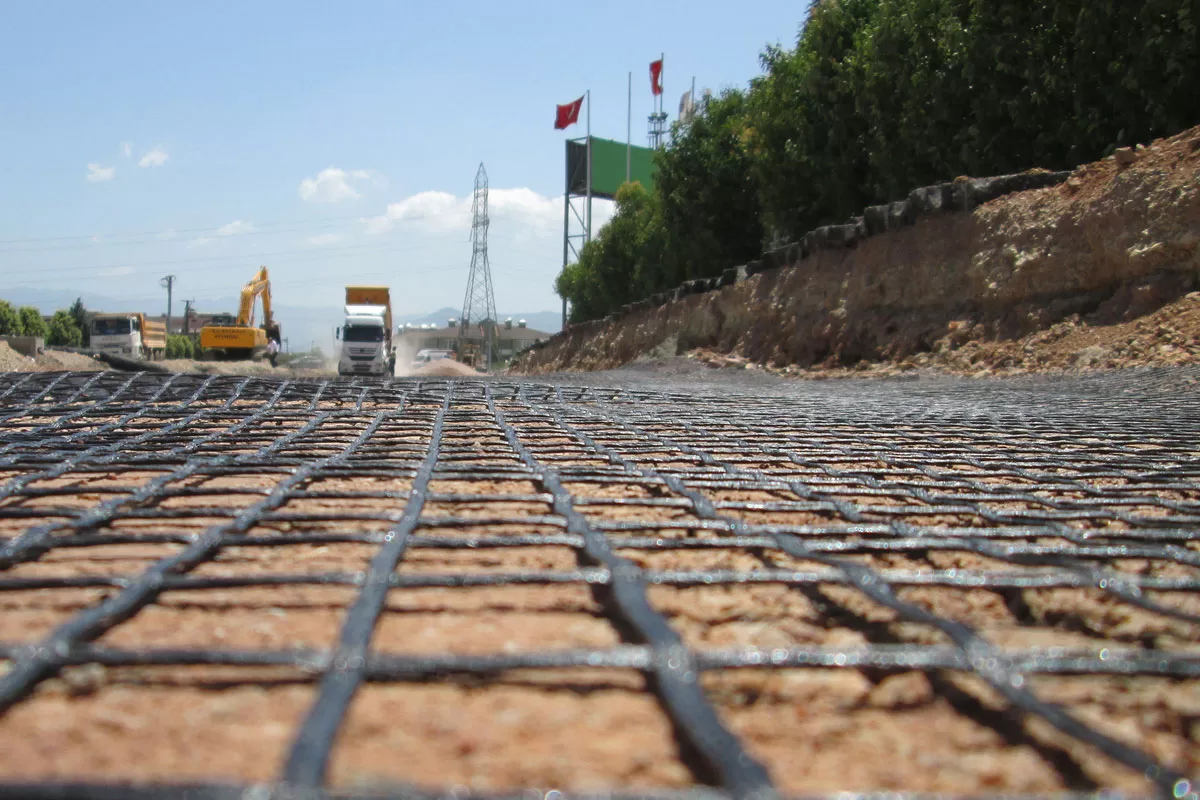
The Federal Highway Administration (FHWA) highlights the advantages of geogrids as an effective geosynthetic material to reinforce subgrade soils. By distributing loads more evenly and improving soil interlock, geogrids help highways, embankments, and retaining walls meet stringent bearing capacity requirements while controlling costs.
Economic and Environmental Benefits of Geogrid Use
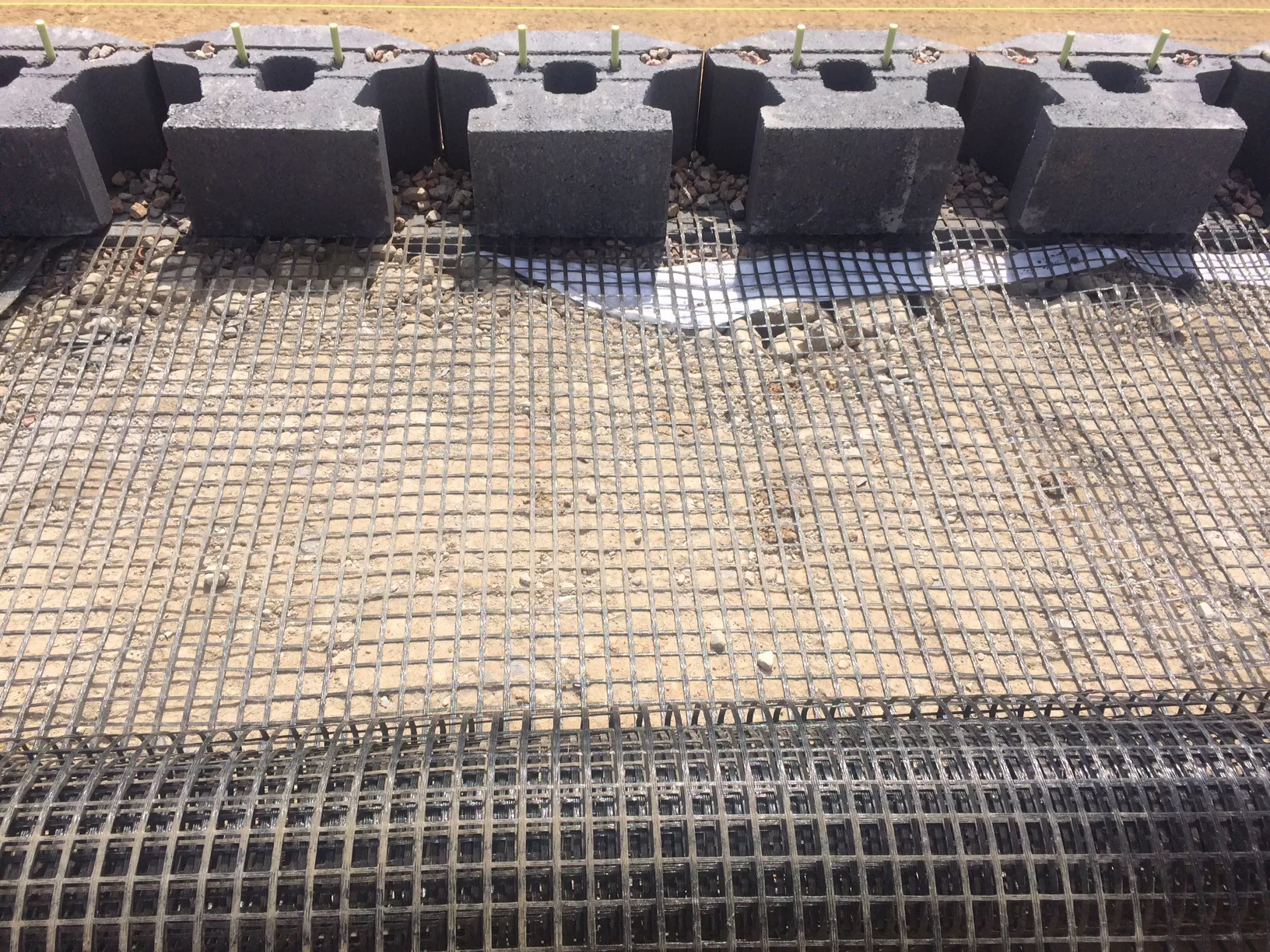
Using geogrids to improve bearing capacity also translates into reduced material usage and faster project timelines—key benefits that contractors and engineers appreciate. When geogrids are installed correctly, they minimize the need for extensive soil replacement or deep foundations, making them both eco-friendly and economical.
Achieving Compliance and Performance with Geogrids
Contact us today to learn how our geogrids can help you use geogrid to improve bearing capacity FHWA compliance on your next project and elevate your construction standards.
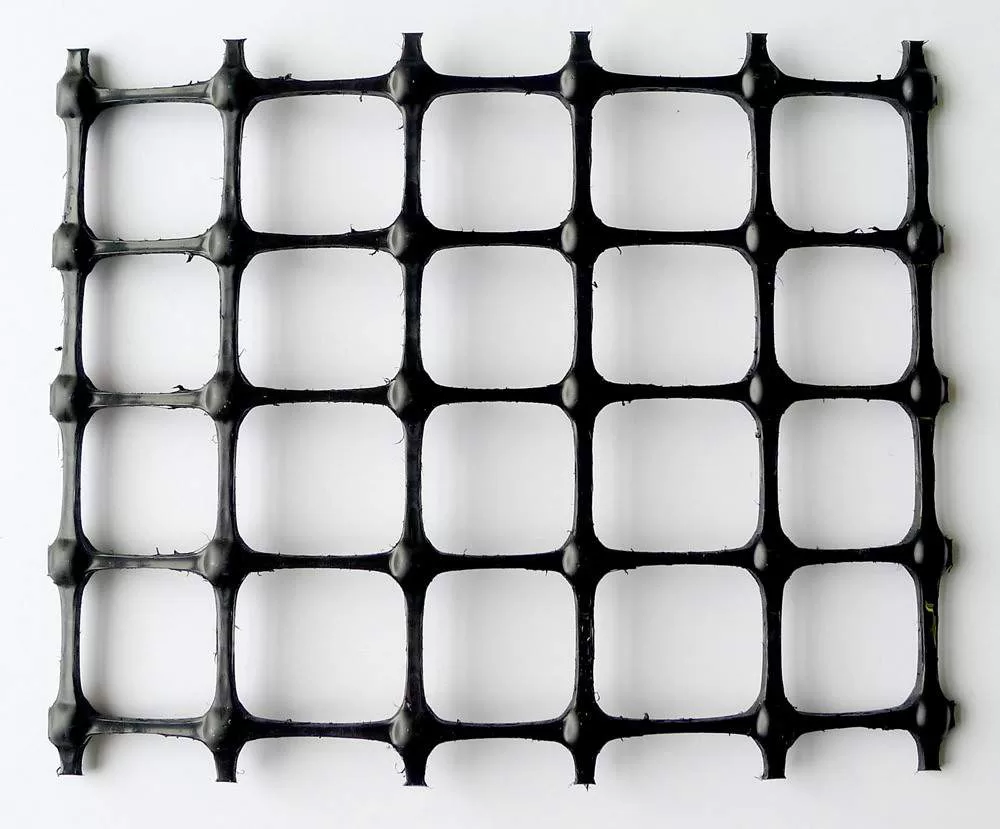
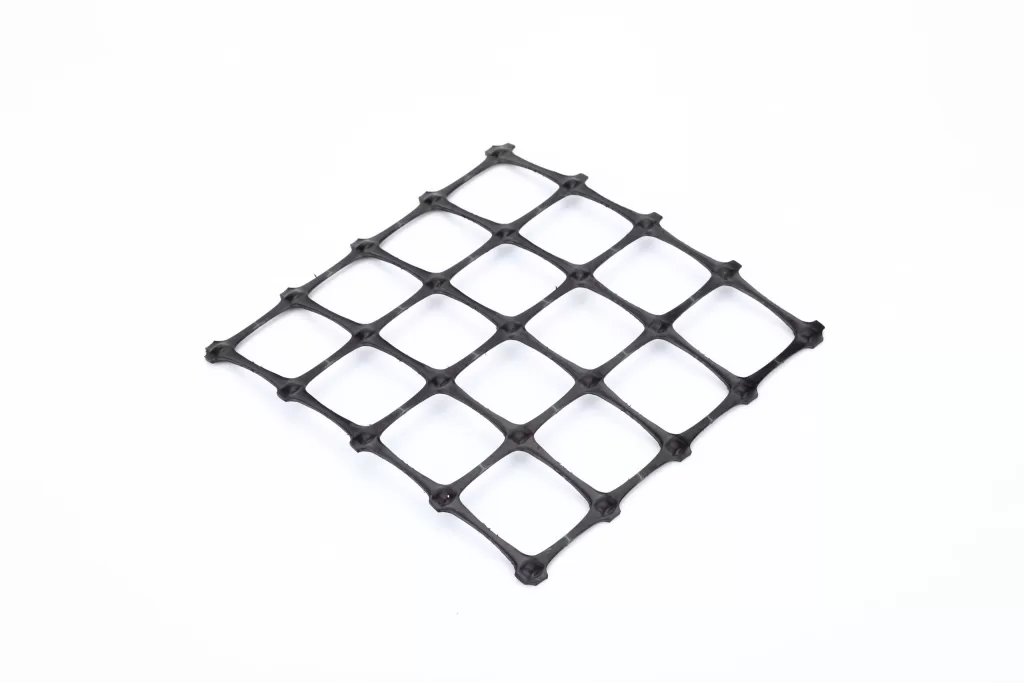
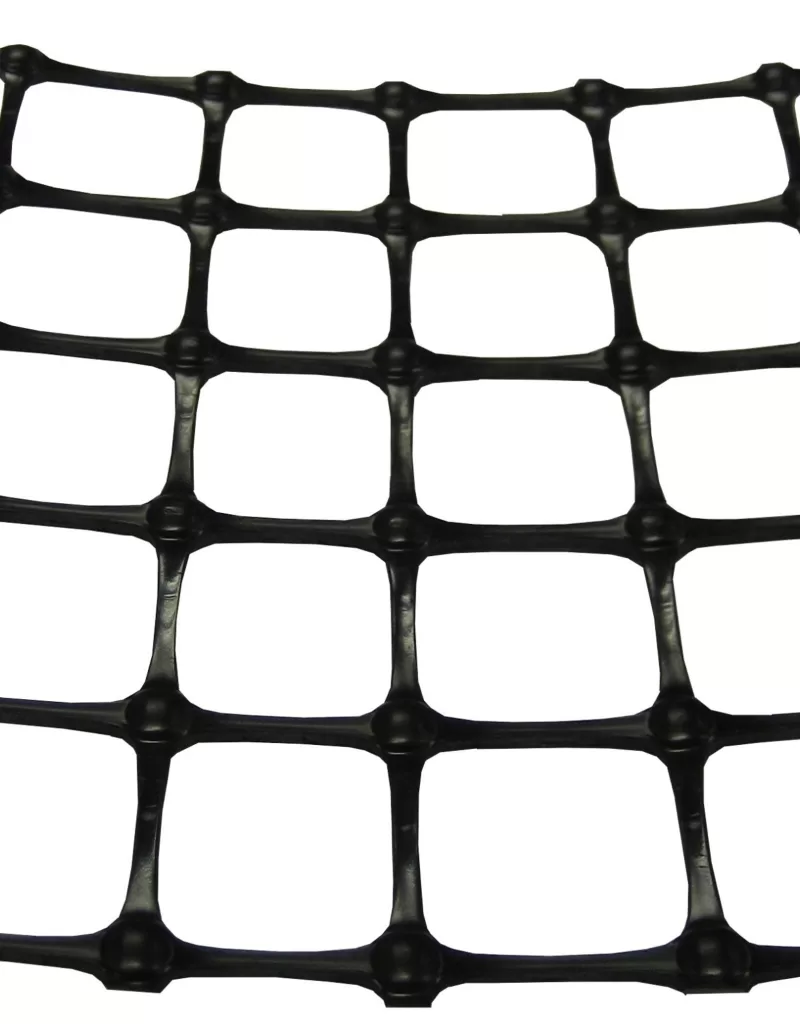
Get Free Sample
We’ll respond as soon as possible(within 12 hours)

